|
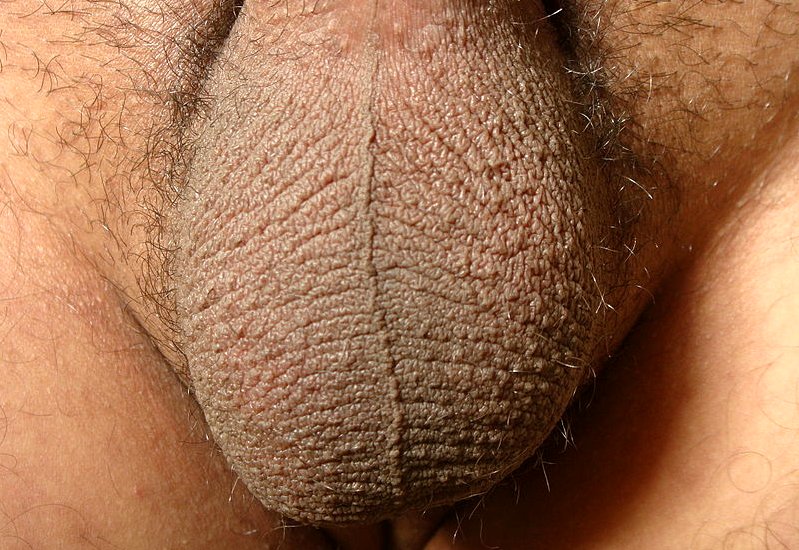
This
is a term used to express mistrust of information or other facts that are
being suggested as being true by another person or in a publication, when such purported information is highly dubious.
You might say in conversation something like:
"That
is utter
bollocks." or
"What
a load of bollocks."
When
what you mean is that you disagree strongly with the other person's, or
the publications point of view.
.."Bollocks" is a word of Middle English origin, meaning "testicles". The word is often used figuratively in colloquial British English and Hiberno-English as a noun to mean "nonsense", an expletive following a minor accident or misfortune, or an adjective to mean "poor quality" or "useless". Similarly, common phrases like "Bollocks to this!" and "That's a load of old bollocks" generally indicate contempt for a certain task, subject or opinion. Conversely, the word also figures in idiomatic phrases such as "the dog's bollocks" or more simply "the bollocks" (as opposed to just "bollocks"), which will refer to something which is admired, approved of or well-respected.
NEGATIVE USES
"Talking bollocks" and "bollockspeak"
"Talking bollocks" generally means talking nonsense or bullshit, for example: "Don't listen to him, he's talking bollocks", or "... talking absolute bollocks". Another example is "I told Maurice that he was talking bollocks, that he was full of shit and that his opinions were a pile of piss. (Rhetoric was always my indulgence.)" "Talking bollocks" in a corporate context is referred to as bollockspeak. Bollockspeak tends to be buzzword-laden and largely content-free, like gobbledygook: "Rupert, we'll have to leverage our synergies to facilitate a paradigm shift by Q4" is an example of management bollockspeak. There is a whole parodic book entitled The Little Book of Management Bollocks. When a great deal of bollocks is being spoken, it may be said that the 'bollocks quotient' is high.
A "bollocks" (singular noun)
Comparable to cock-up, screw-up, balls-up, etc. Used with the indefinite article, it means a disaster, a mess or a failure. It is often used pejoratively, as in to have "made a bollocks out of it", and it is generally used throughout
Britain and
Ireland.
Bollocks up (transitive verb)
To bollocks something up means "to mess something up". It refers to a botched job: "Well, you bollocksed it up that time, Your Majesty!" or "Bollocksed up at work again, I fear. Millions down the drain".
To "drop a bollock"
To "drop a bollock" describes the malfunction of an operation, or messing something up, as in many sports, and in more polite business parlance, dropping the ball brings play to an unscheduled halt.
Web design
"Dog's bollocks syndrome" is a term used by web designers to over-designed websites that have more flash than might be needed or justified.
POSITIVE USES
"Dog's bollocks"
A usage with a positive (albeit still vulgar) sense is "the dog's bollocks". An example of this usage is: "Before
Tony Blair's speech, a chap near me growled: 'He thinks he's the dog's bollocks.' Well, he's entitled to. It was a commanding speech: a real dog's bollocks of an oration."
Although this is a recent term (the Online Etymology Dictionary dates it to 1989), its origins are obscure. Etymologist Eric Partridge and the Oxford English Dictionary believe the term comes from the now obsolete typographical sequence of a colon and a dash. This typography, using a dash following a colon, was used to introduce a list. Thus, it is a very early example of an emoticon.
The Oxford English Dictionary says the following mark (":— ") is entitled "the dog’s bollocks", defined as: "typogr. a colon followed by a dash, regarded as forming a shape resembling the male sexual organs." The usage is cited to the year 1949.
This phrase has found its way into popular culture in a number of ways. There is a beer brewed in England by the Wychwood Brewery called the "Dog's Bollocks", as well as a lager
cocktail.
TESTICLES
The
term is also a common name applied to the testicles of a human male. The
testicles are the two round balls that hang below the penis in a small
saggy sack. The testes manufacture sperm that pass DNA
from the male to the female during sexual
intercourse, so fertilizing the females eggs for reproductive purposes.
BOLLOCKS
REGIME 1939 TO 1945
|
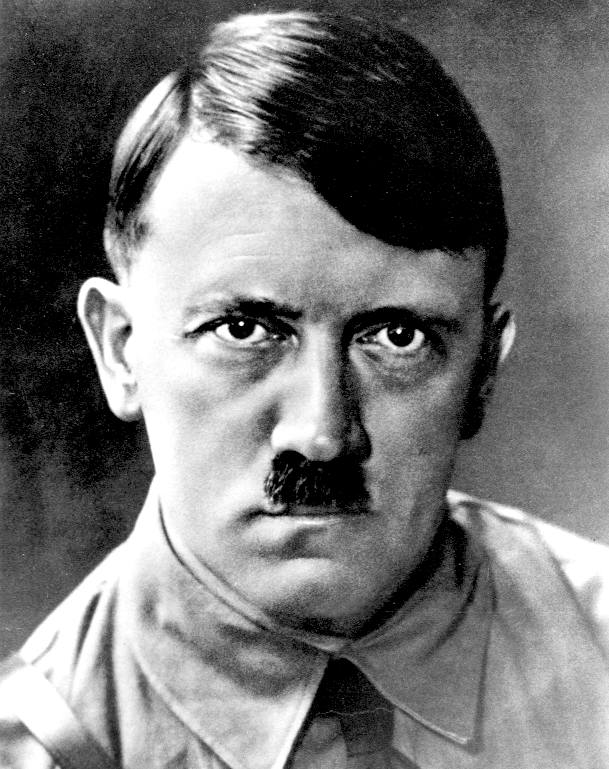
Adolf
Hitler
German
Chancellor
|

Herman
Goring
Reichsmarschall
|

Heinrich
Himmler
Reichsführer
|

Joseph
Goebbels
Reich Minister
|

Philipp
Bouhler SS
NSDAP
Aktion T4
|

Dr
Josef Mengele
Physician
Auschwitz
|
|

Martin
Borman
Schutzstaffel
|

Adolph
Eichmann
Holocaust
Architect
|

Rudolf
Hess
Commandant
|
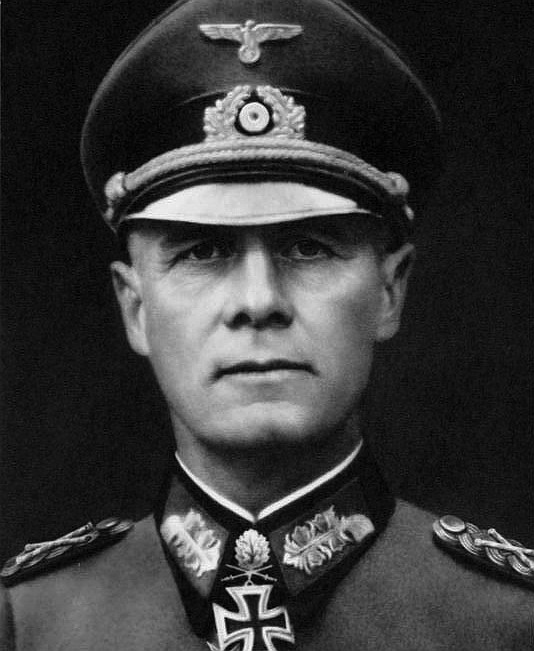
Erwin
Rommel
The
Desert Fox
|

Karl
Donitz
Kriegsmarine
|

Albert
Speer
Nazi
Architect
|
CIVIL
SERVANTS INVESTIGATED FOR POSSIBLE ISSUES 1983 TO 2018
|

Ian
Kay
Assist.
Dist. Plan.
|

Charles
Lant
Chief
Executive
|

Victorio
Scarpa
Solicitor
|

Timothy
Dowsett
Dist.
Secretary
|

Christine
Nuttall
Solicitor
|

David
Phillips
Planning
|
|

Daniel
Goodwin
Chief
Executive
|

J
Douglas Moss
Policy
|

Kelvin
Williams
Dist.
Planning
|

Trevor
Scott
Solicitor
|
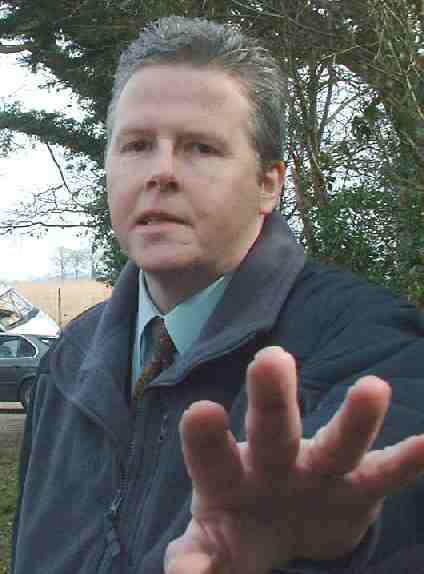
David
Whibley
Enforcement
|
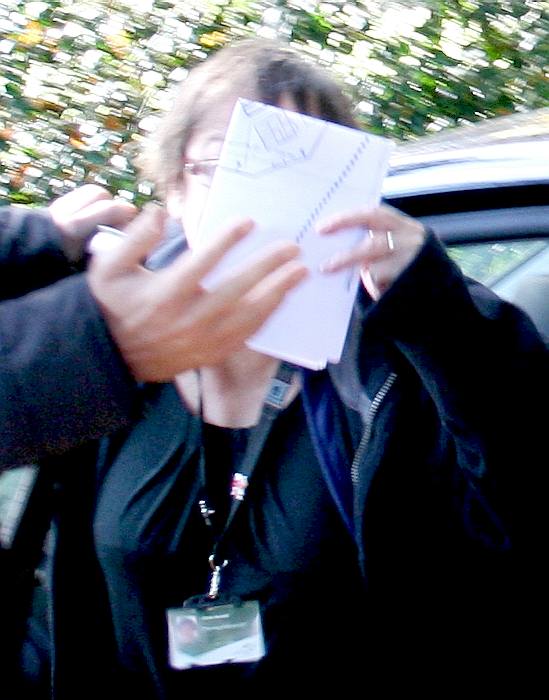
Christine
Arnold
Planning
|
|

Chris
Bending
Dist.
Planning
|

Beverley
Boakes
Legal
Secretary
|

Patrick
Coffey
Planning
|

Julian
Black
Planning
|

Ashley
Brown
Dist.
Planning
|

Derek
Holness
Former
CEO
|
Abbott
Trevor - Alcock
Charmain - Ditto - Arnold
Chris (Christine) - Barakchizadeh
Lesley - Paul Barker - Bending
Christopher
Black
Julian - Boakes Beverley - Bradshaw
Clifford - Brigginshaw
Marina - Brown
Ashley - Coffey
Patrick - Douglas
Sheelagh
Dowsett Timothy - Flemming
Mike - Forder Ralph - Garrett
Martyn - Goodwin Daniel
- Henham J - Holness
Derek
Hoy
Thomas - Johnson
Geoff - Kavanagh Geoff - Kay Ian - Kay
I. M.
- Barbara Kingsford - Lant Charles - Mercer
Richard
Mileman Niall - Moon
Craig - Moss Douglas, J. - Nuttall
Christine - Pettigrew Rex - Phillips
David - Scarpa
Victorio - Scott
Trevor
Kevin Stewart - Wakeford
Michael. - Whibley David - White,
George - Williams
Kelvin - Wilson Kenneth - White
Steve

MORE
ON TESTICLES
The testicle or testis is the male reproductive gland in all animals, including humans. It is homologous to the female ovary. The functions of the testes are to produce both sperm and androgens, primarily testosterone. Testosterone release is controlled by the anterior pituitary luteinizing hormone; whereas sperm production is controlled both by the anterior pituitary follicle-stimulating hormone and gonadal testosterone.
Males have two testicles of similar size contained within the scrotum, which is an extension of the abdominal wall. Scrotal asymmetry is not unusual: one testicle extends further down into the scrotum than the other due to differences in the anatomy of the vasculature.
During mammalian development, the gonads are at first capable of becoming either ovaries or testes. In humans, starting at about week 4 the gonadal rudiments are present within the intermediate mesoderm adjacent to the developing kidneys. At about week 6, sex cords develop within the forming testes. These are made up of early Sertoli cells that surround and nurture the germ cells that migrate into the gonads shortly before sex determination begins. In males, the sex-specific gene SRY that is found on the Y-chromosome initiates sex determination by downstream regulation of sex-determining factors, (such as GATA4, SOX9 and AMH), which leads to development of the male phenotype, including directing development of the early bipotential gonad down the male path of development.
Testes follow the "path of descent" from high in the posterior fetal abdomen to the inguinal ring and beyond to the inguinal canal and into the scrotum. In most cases (97% full-term, 70% preterm), both testes have descended by birth. In most other cases, only one testis fails to descend (cryptorchidism) and that will probably express itself within a year.
PUBERTY
The testes grow in response to the start of spermatogenesis. Size depends on lytic function, sperm production (amount of spermatogenesis present in testis), interstitial fluid, and Sertoli cell fluid production. After puberty, the volume of the testes can be increased by over 500% as compared to the pre-pubertal size. Testicles are fully descended before one reaches puberty.
In sharks, the testicle on the right side is usually larger, and in many bird and mammal species, the left may be the larger. The primitive jawless
fish have only a single testis, located in the midline of the body, although even this forms from the fusion of paired structures in the embryo.
In seasonal breeders, the weight of the testes often increases during the breeding season. The testicles of a dromedary
camel are 7–10 cm (2.8–3.9 in) long, 4.5 cm (1.8 in) deep and 5 cm (2.0 in) in width. The right testicle is often smaller than the left. The testicles of a male red
fox attain their greatest weight in December–February. Spermatogenesis in male golden jackals occurs 10–12 days before the females enter estrus and, during this time, males' testicles triple in weight.
INTERNAL
The basal condition for mammals is to have internal testes. The testes of the non-boreotherian mammals, such as the monotremes, armadillos, sloths, and
elephants, remain within the abdomen. There are also some marsupials with external testes and Boreoeutherian mammals with internal testes, such as the
rhinoceros. Cetaceans such as
whales and dolphins also have internal testes. As external testes would increase drag in the
water they have internal testes which are kept cool by special circulatory systems that cool the arterial blood going to the testes by placing the arteries near veins bringing cooled venous blood from the skin.
EXTERNAL
Boreoeutherian land mammals, the large group of mammals that includes humans, have externalized testes. Their testes function best at temperatures lower than their core body temperature. Their testes are located outside of the body, suspended by the spermatic cord within the scrotum.
There are several hypotheses why most boreotherian mammals have external testes which operate best at a temperature that is slightly less than the core body temperature, e.g. that it is stuck with enzymes evolved in a colder temperature due to external testes evolving for different reasons, that the lower temperature of the testes simply is more efficient for sperm production.
1) More efficient. The classic hypothesis is that cooler temperature of the testes allows for more efficient fertile spermatogenesis. In other words, there are no possible enzymes operating at normal core body temperature that are as efficient as the ones evolved, at least none appearing in our evolution so far.
The early mammals had lower body temperatures and thus their testes worked efficiently within their body. However it is argued that boreotherian mammals have higher body temperatures than the other mammals and had to develop external testes to keep them cool. It is argued that those mammals with internal testes, such as the monotremes, armadillos, sloths, elephants, and rhinoceroses, have a lower core body temperatures than those mammals with external
testes.
However, the question remains why birds despite having very high core body temperatures have internal testes and did not evolve external testes. It was once theorized that birds used their air sacs to cool the testes internally, but later studies revealed that birds' testes are able to function at core body temperature.
Some mammals which have seasonal breeding cycles keep their testes internal until the breeding season at which point their testes descend and increase in size and become external.
2) Irreversible adaptation to sperm competition. It has been suggested that the ancestor of the boreoeutherian mammals was a small mammal that required very large testes (perhaps rather like those of a hamster) for sperm competition and thus had to place its testes outside the body. This led to enzymes involved in spermatogenesis, spermatogenic DNA polymerase beta and recombinase activities evolving a unique temperature optimum, slightly less than core body temperature. When the boreoeutherian mammals then diversified into forms that were larger and/or did not require intense sperm competition they still produced enzymes that operated best at cooler temperatures and had to keep their testes outside the body. This position is made less parsimonious by the fact that the
kangaroo, a non-boreoeutherian mammal, has external testicles. The ancestors of kangaroos might, separately from boreotherian mammals, have also been subject to heavy sperm competition and thus developed external testes, however, kangaroo external testes are suggestive of a possible adaptive function for external testes in large animals.
3) Protection from abdominal cavity pressure changes. One argument for the evolution of external testes is that it protects the testes from abdominal cavity pressure changes caused by jumping and galloping.
4) Protection against DNA damage. Mild, transient scrotal heat stress causes DNA damage, reduced fertility and abnormal embryonic development in mice. DNA strand breaks were found in spermatocytes recovered from testicles subjected to 40 °C or 42 °C for 30 minutes. These findings suggest that the external location of the testicles provides the adaptive benefit of protecting spermatogenic cells from heat-induced DNA damage that could otherwise lead to infertility and germline mutation.

SIZE
The relative size of testes is often influenced by mating systems. Testicular size as a proportion of body weight varies widely. In the mammalian kingdom, there is a tendency for testicular size to correspond with multiple mates (e.g., harems, polygamy). Production of testicular output sperm and spermatic fluid is also larger in polygamous animals, possibly a spermatogenic competition for survival. The testes of the right whale are likely to be the largest of any animal, each weighing around 500 kg (1,100 lb).
Among the Hominidae, gorillas have little female promiscuity and sperm competition and the testes are small compared to body weight (0.03%).
Chimpanzees have high promiscuity and large testes compared to body weight (0.3%). Human testicular size falls between these extremes (0.08%).
Testis weight also varies in seasonal breeders like deer and horses. The change is related to changes in testosterone production.
Human testicles are smaller than chimpanzee testicles but larger than gorilla testicles.
The size of human testicles and/or their composition is often compared to a man's bravery as per:
"You've got some balls."
"Balls of steel" and "Brass balls"
These are some of the common terms to describe a person with courage.
|

























